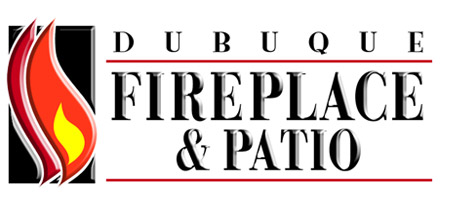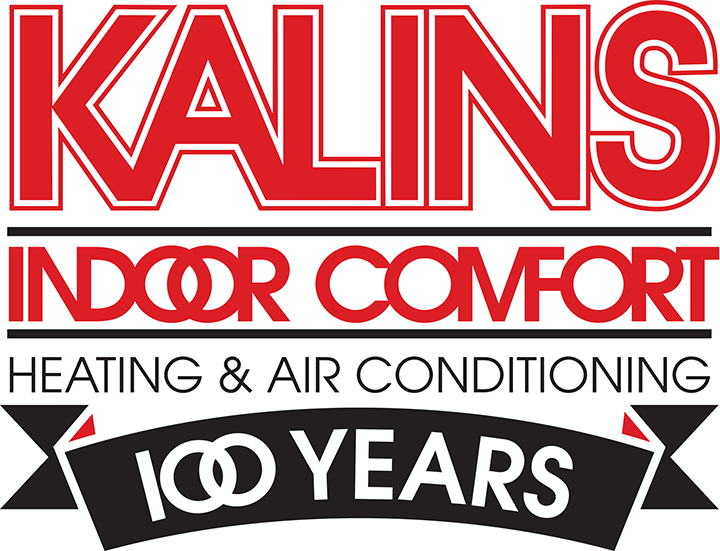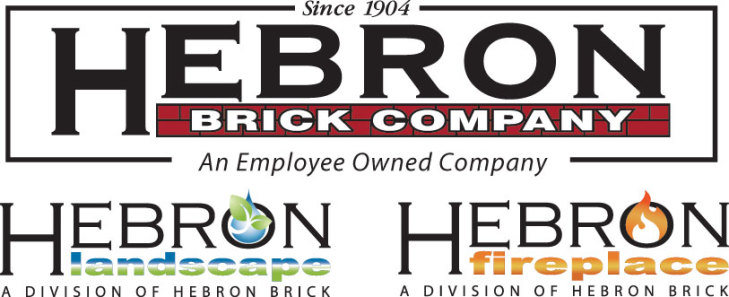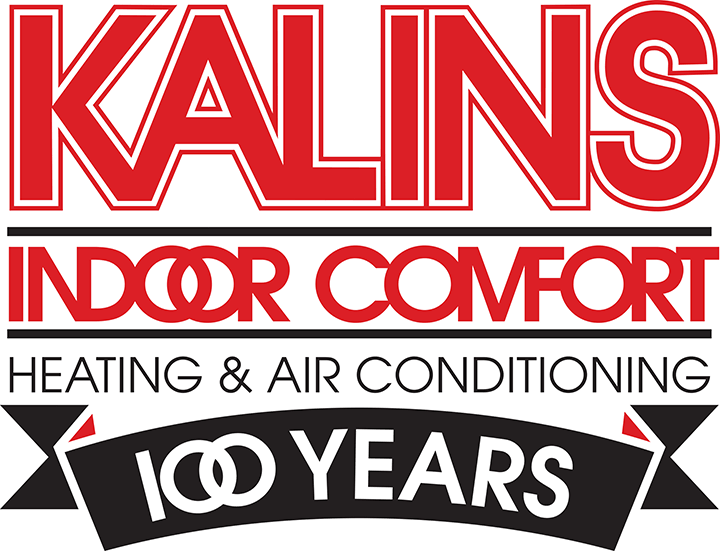Pellet stoves look like a gas or a wood burning stove. But they operate much differently. There is a hopper that’s located on the back side of the stove that serves as a storage bin for the pellets. Lift the lid on this hopper and pour in the pellets. The size of this hopper will vary from model to model, but most hold between 30 and 50 lbs. of pellets. Pellets are delivered from the hopper to a stainless steel burn pot. A circuit board controls the functions of the stove. It varies the burn rate of the fuel, the fan speed and other operations of the equipment. The circuit board controls the amount of air flowing through the burn pot. And, because the moisture content of the pellets from the manufacturer is very low, efficiencies from the mid 70’s to low 80% range is common for today’s pellet equipment. As the fire continues in the burn pot, heat exchange tubes in the top of the firebox are getting hotter and hotter. A fan, controlled by the circuit board, moves air through these tubes and blows the warm air into the room.
A couple other points worth mentioning: 1) Burned pellets leave a very fine ash behind. It almost looks like ground pepper. So, regular maintenance is critical for optimum stove performance. 2) Pellet equipment must be vented to the outside. Most models allow for horizontal or vertical venting, depending on installation details. 3) And, most pellet stoves today are self-igniting, meaning there is no gelled alcohol or matches to deal with. This is done with a hot surface igniter and controlled by the circuit board.









